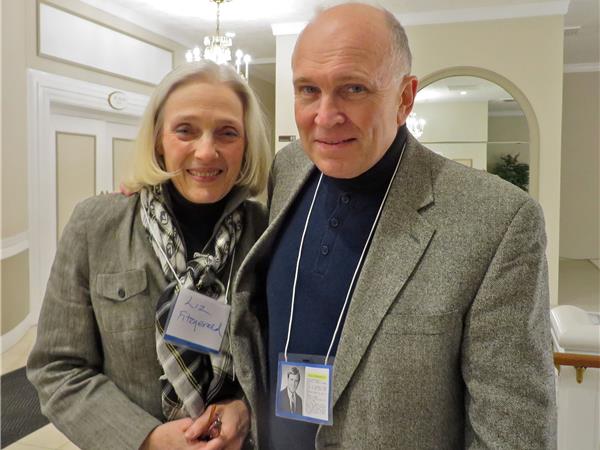For over four hundred years the Fitzgeralds had been absorbed into the local mythology. Then in 1558, the 14th Earl of Desmond succeeded to the title. His name was Gerald, the first to have that name since Gearoid Iarla. The English had deprived Gerald of his family estates by locking him up in London Tower for long periods of time. But rather than breaking his will, when Gerald returned home in 1573 he took on a stronger pro-Irish stance by joining his cousin's rebellion against the English. Hopes ran high for the Fitzgerald campaign as the prophecies were circulated. In later folklore it was claimed that the new Gearoid embodied the great Fitzgerald spirit of his 14th century ancestor and that Gearoid Iarla had not died but returned at the hour of the family's greatest need.
It is said that a man passing by Lough Gur saw a light and found the entrance to a cavern, where he saw an army of knights and horses asleep. There was a sword on the floor, and as the man drew it out the army awakened. Then its leader, Gearoid Iarla, asked if the time had come yet, but the man ran away. The army fell back to sleep, and the entrance could not be found later.
Although Gerald was an inspiration for Irish independence, by 1583 his cause was lost and he was killed. However, great affection for the family lived on, as did the hope that a Fitzgerald descendent would someday bring freedom to the land. There are repeated references to this mystical belief in documents from the 17th to the 19th centuries as well as London's concern that the Fitzgerald's defiance of English law and their embrace of Gaelic ways was an existential threat to London's rule in Ireland.
Despite London's fierce opposition, Gearoid Iarla and the myths surrounding him would continue to inspire future Fitzgeralds while winning the admiration of the Irish people. But as the power of these myths became entwined with Ireland's 19th and 20th century politics, London's fear of Irish independence brought on a new level of brutality that caused the Irish people to unite. To the royals, siding with the "people" over loyalty to the Crown was the highest treason of all. And when the Fitzgeralds identification with the people was transferred to the United States through JFK it became inevitable that the old forces aligned against his family would again rise to meet his challenge.
-Chapter 2: Our HAIR musical experience and why it still matters today
We had done research for an article on mind control that included the role of MK-ULTRA; a CIA project which operated from the early1950s through the 1960s that had subjected Americans to mind altering experiments without their consent. The project had remained secret until 1975 when the Church Committee Hearings revealed the CIA's illegal activities. But what really caught our attention was the confirmation that MK-ULTRA had infiltrated the Anti-Vietnam War Movement to undermine its legitimacy with the distribution of psychedelic drugs.
As teenagers growing up in the1960s the music scene and the antiwar movement were synonymous. A new age was dawning and our generation wanted to keep war from becoming part of it. What we didn't know until recently was how much influence military intelligence and the CIA had in forming what we believed was an organic outgrowth of popular sentiment against the Vietnam War.
Before bands such as The Doors and The Byrds became famous; the songwriters, musicians and singers who would form those bands flocked to Laurel Canyon. What was strange about this migration was the absence of a music industry in the area. What it did have was Vito Paulekas and the Freaks; a regular feature of the Sunset Boulevard Club scene starting in 1964. Paulekas was known for supplying wildly frenzied dancers to stir interest in the bands and is credited with their early success. Having materialized a musical revolution out of thin air, he has also been credited as the inspiration for the Hippie movement's fashion and free love communal lifestyle.
Next Page 1 | 2 | 3 | 4 | 5 | 6 | 7 | 8 | 9 | 10 | 11 | 12 | 13 | 14 | 15 | 16 | 17 | 18 | 19 | 20 | 21 | 22 | 23 | 24 | 25 | 26 | 27 | 28 | 29 | 30 | 31 | 32 | 33 | 34 | 35 | 36 | 37 | 38
(Note: You can view every article as one long page if you sign up as an Advocate Member, or higher).





